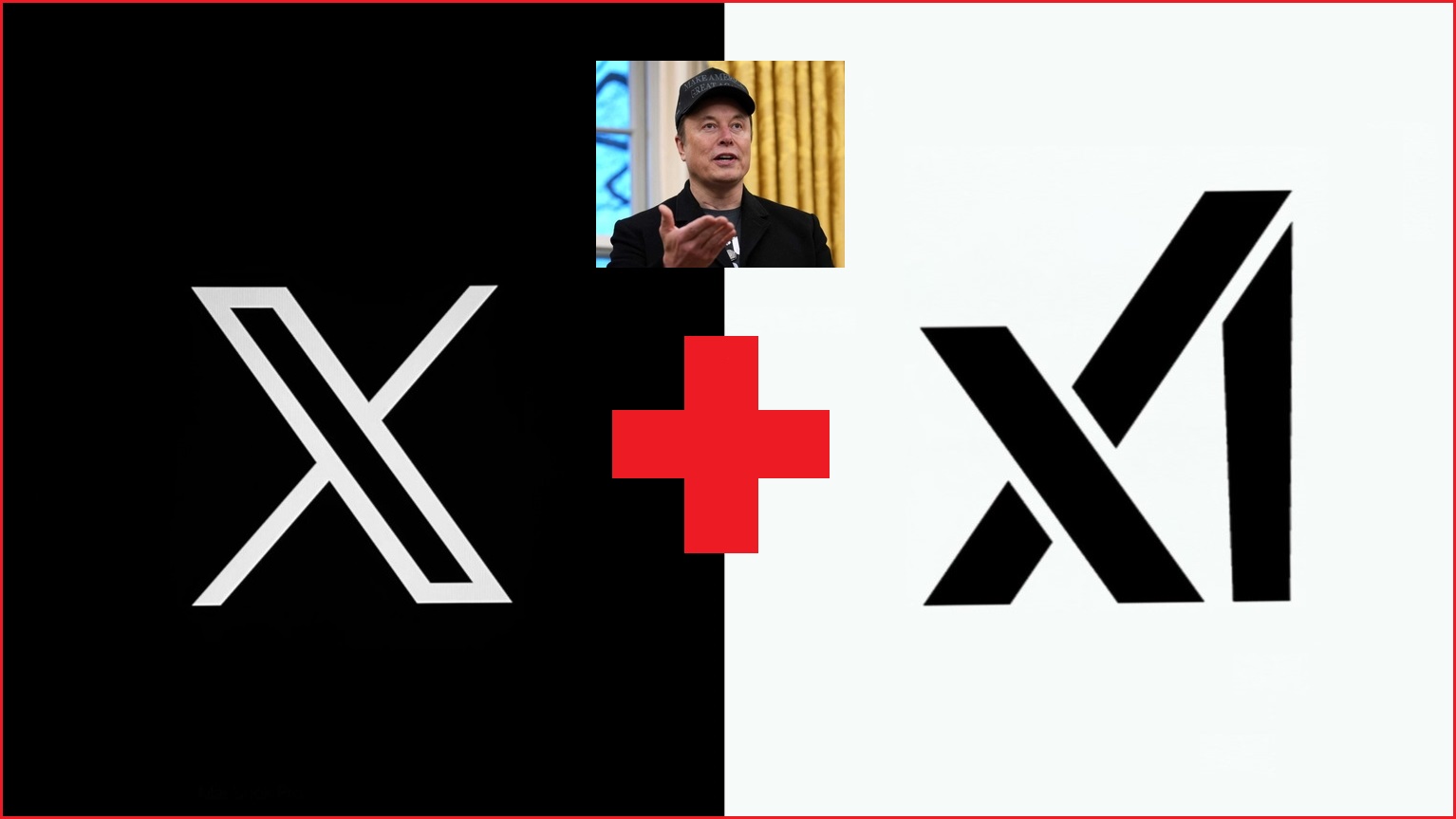Elon Musk has sold his social media platform, X (formerly Twitter), to his artificial intelligence company, xAI, in an all-stock deal valued at $52 billion ($US33 billion).
This transaction merges xAI's advanced AI technologies with X's user base of around 600 million.
xAI was founded a year after Musk's $69 billion ($US44 billion) acquisition of Twitter in 2022.
Both companies have previously shared data and tools, such as xAI's chatbot, Grok.
In February, xAI introduced Grok-3, the latest iteration of its chatbot, which is seen to compete with Chinese AI firm DeepSeek and Microsoft-backed OpenAI.
“Since its founding two years ago, xAI has rapidly become one of the leading AI labs in the world, building models and data centers at unprecedented speed and scale,” Musk wrote in a post on X.
He said the move will "unlock immense potential by blending xAI’s advanced AI capability and expertise with X’s massive reach".
"xAI and X's futures are intertwined.”
According to ABC News, details of the deal are yet to be disclosed, such as how investors may be compensated, how X's leaders would be integrated into the new firm, or the prospect of regulatory scrutiny.
Why did Musk sell X?
After buying Twitter, Musk gutted the company's workforce and advertisers fled the platform prompting a rapid decline in revenue.
Recently, brands have been returning to X as Musk's influence in the Trump administration as head of the Department of Government Efficiency grows.
Musk, the world's wealthiest man, is also head of astronautical company SpaceX and car maker Tesla.
The sale of X is viewed as part of Musk’s broader strategy of advancing both AI and social media technologies, but it also signals his evolving vision for the future of both industries, media reports suggest.
“X is the digital town square where more than 600m active users go to find the real-time source of ground truth and, in the last two years, has been transformed into one of the most efficient companies in the world, positioning it to deliver scalable future growth,” he said in his post on X.
Musk has always been interested in cutting-edge technologies.
By merging X with xAI, he may focus on advancing AI-driven features that could potentially revolutionise social media platforms, allowing for innovations like more sophisticated chatbots and smarter content moderation.
But, ultimately the move may have been purely about money.
The sale was an all-stock deal, meaning Musk likely saw it as an opportunity to consolidate his assets and strengthen his companies.
By merging X and xAI, he can better position both entities in the rapidly evolving tech and AI industries.
What does it mean for users?
While the sale may not cause drastic changes overnight, the merger between X and xAI signals that the platform could become increasingly AI-driven, which could have significant long-term effects on the user experience.
Musk said in his post: “The combined company will deliver smarter, more meaningful experiences to billions of people while staying true to our core mission of seeking truth and advancing knowledge.
“This will allow us to build a platform that doesn’t just reflect the world but actively accelerates human progress.”
Users might see more AI-driven features on the platform, such as smarter content recommendations, improved moderation tools, or new AI-powered tools like chatbots, such as xAI's Grok, integrated directly into the platform.
New AI tools might offer more interactive ways to engage with tweets, trends, and followers.
This could make the user experience more personalised and efficient.
With AI playing a larger role in the platform, there may also be improvements in how content is filtered and moderated, potentially leading to a cleaner or more balanced experience.
However, this could also raise concerns about transparency, privacy, and control over AI decision-making.
Users could also see more options for premium subscriptions or changes to existing features, like verified accounts or pay-to-play features, becoming more integrated with AI technologies.
It is expected the basic structure of X will likely remain the same.










